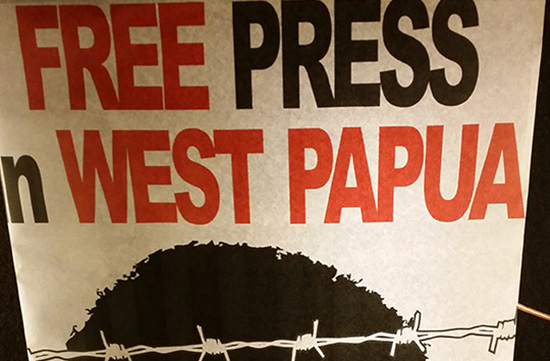
For five decades Tanah Papua, or the West Papua half of the island of New Guinea on the intersection of Asia and the Pacific, has been a critical issue for the region with a majority of the Melanesian population supporting self-determination, and ultimately independence. While being prepared for eventual post-war independence by the Dutch colonial authorities, Indonesian paratroopers and marines invaded the territory in 1962 in an ill-fated military expedition dubbed Operation Trikora (‘People’s Triple Command’). However, this eventually led to the so-called Act of Free Choice in 1969 under the auspices of the United Nations in a sham referendum dubbed by critics as an ‘Act of No Choice’ which has been disputed ever since as a legal basis for Indonesian colonialism. A low-level insurgency waged by the OPM (Free West Papua Movement) has also continued and Jakarta maintains its control through the politics of oppression and internal migration. For more than five decades, the legacy media in New Zealand have largely ignored this issue on their doorstep, preferring to give attention to Fiji and a so-called coup culture instead. In the past five years, social media have contributed to a dramatic upsurge of global awareness about West Papua but still the New Zealand legacy media have failed to take heed. This article also briefly introduces other Asia-Pacific political issues—such as Kanaky, Timor-Leste, Papua New Guinean university student unrest, the militarisation of the Mariana Islands and the Pacific’s Nuclear Zero lawsuit against the nine nuclear powers—ignored by a New Zealand media that has no serious tradition of independent foreign correspondence.
Robie, D. (2017). Tanah Papua, Asia-Pacific news blind spots and citizen media: From the 'Act of Free Choice' betrayal to a social media revolution. Pacific Journalism Review, 23(2): 159-178. Paper available at: https://doi.org/10.24135/pjr.v23i2.334


